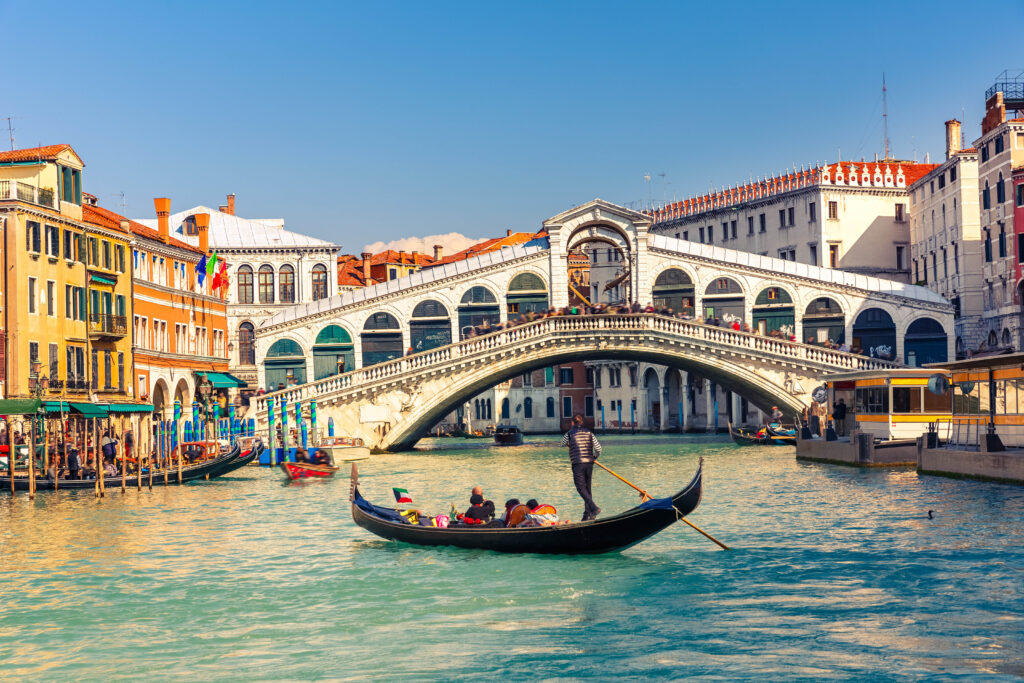
Europe

A treasure trove of unforgettable experiences, Europe entices travelers with its remarkable blend of history, culture, and idyllic scenery. A mosaic of unique countries, Europe offers many opportunities for exploration and adventure. From the enchanting ambiance of Paris to the awe-inspiring remnants of Rome, Europe guarantees a lifetime of cherished memories.
Visiting Europe means stepping back in time to explore its rich and diverse history. Stroll through the ancient sites of Athens, gaze upon the magnificent Gothic architecture of Prague, or follow the path of renowned figures like Shakespeare in London. Remember, while the UK has left the European Union, it still lies within the European continent geographically. This means you can fully enjoy the captivating history and vibrant culture of the UK and other European countries on your journey.
How to Plan Europe Trip

1. Understanding the Schengen Area: Navigating Border-Free Travel
The Schengen Area, encompassing countries like France, Germany, Italy, and Spain, facilitates unrestricted travel. However, be mindful of countries outside this zone, such as the United Kingdom or Croatia, which have distinct entry requirements. Research visa regulations for each nation on your itinerary to ensure a smooth border-crossing experience.

2. Deciding Trip Duration: Tailoring Your European Adventure
Tailor your journey’s length based on your preferences and the experiences you seek. A shorter trip, perhaps focusing on iconic cities like Paris or Rome, allows for a whirlwind exploration. Conversely, a more extended stay permits in-depth exploration of regions such as Scandinavia or the Balkans.

3. Choosing Destinations: Crafting Your European Itinerary
Europe boasts a diverse tapestry of cultures. Consider a blend of classic destinations like the historic streets of Prague or the picturesque landscapes of Switzerland. Don’t forget to explore lesser-known gems like Slovenia or Portugal, offering unique experiences away from the crowds.

4. Handling Visas and Documents: Ensuring Smooth Entry
Visa requirements differ across Europe. Countries like Spain or Greece may allow visa-free travel for certain nationalities, while others, like Russia or Turkey, require prearranged visas. Compile all necessary documents, including proof of accommodation and travel insurance, ensuring compliance with specific entry conditions for each destination.

5. Booking Accommodations: Securing Your Stay
Europe offers a plethora of accommodation options. From boutique hotels in Paris to cozy hostels in Amsterdam, consider the unique offerings of each region. Book accommodations well in advance, especially during peak seasons, securing a comfortable stay close to landmarks or public transportation hubs.

6. Choosing Transportation: Navigating Europe’s Networks
Europe’s transportation network is extensive, providing various options. Opt for the high-speed trains connecting cities like London and Brussels or explore the scenic routes of the Swiss railways. Budget airlines facilitate affordable travel within Europe, making countries like Croatia or Hungary easily accessible.

7. Finding Activities: Crafting Memorable Experiences
Delve into diverse activities across Europe. Experience the rich history of Rome’s Colosseum, embark on a Northern Lights adventure in Iceland, or indulge in culinary delights in Lyon, France. Each country contributes unique experiences, ensuring a rich tapestry of memories from your journey.

8. Packing Essentials: Ready for Every Adventure
Pack according to the varied climates of Europe. Include comfortable walking shoes for exploring historic cities like Prague or Athens. A versatile wardrobe is essential, from warm layers for Scandinavian winters to light clothing for Mediterranean summers. Be prepared for unexpected weather changes in countries like Ireland or the United Kingdom.
1. Understanding the Schengen Area: Navigating Border-Free Travel
The Schengen Area, encompassing countries like France, Germany, Italy, and Spain, facilitates unrestricted travel. However, be mindful of countries outside this zone, such as the United Kingdom or Croatia, which have distinct entry requirements. Research visa regulations for each nation on your itinerary to ensure a smooth border-crossing experience.

9. Currency and Payments: Navigating Financial Transactions
Europe uses multiple currencies, including the Euro, British Pound, and Swiss Franc. Familiarize yourself with the local currency of each country on your itinerary. While credit cards are widely accepted, carry some cash for smaller establishments and markets.
1. Understanding the Schengen Area: Navigating Border-Free Travel
The Schengen Area, encompassing countries like France, Germany, Italy, and Spain, facilitates unrestricted travel. However, be mindful of countries outside this zone, such as the United Kingdom or Croatia, which have distinct entry requirements. Research visa regulations for each nation on your itinerary to ensure a smooth border-crossing experience.

10. Emergency Preparedness: Safeguarding Your Journey
Make digital copies of essential documents, such as your passport and travel insurance details. Research emergency contact numbers for each country. Be aware of the location of your embassy or consulate, especially in regions like Eastern Europe or the Balkans.

11. Language Considerations: Connecting Through Communication
While English is commonly spoken, especially in Western Europe, consider learning basic phrases in the local language. This is particularly beneficial in countries like Hungary or the Czech Republic, where local interactions are enriched by language understanding.

12. Cultural Sensitivity: Embracing Local Customs
Respect cultural nuances in countries like Turkey or Morocco, where modest dress is appreciated. Familiarize yourself with local customs, such as tipping practices in Spain or Portugal, to ensure a positive and respectful interaction with locals.